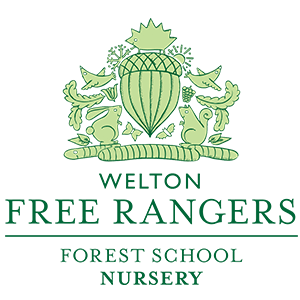Never one to rest on our laurels and always looking to improve, the Free Rangers Staff team met up on Saturday 20th July for an Inset morning. We were promised cake and marshmallows cooked over the fires that we were to light so there was an incentive for the early morning start! The morning started with us all playing an “ice breaker game” in which staff were positioned in a circle and given something in their hands. Without looking and using only their sense of touch they had to find their partner in the circle who had the same item as themselves. Once their partner was located they were asked to talk about what they are most proud in their lives; it could be a personal achievement or a family member or a combination of a number of things. Staff were then invited to share this with the whole group. This was an emotional half hour when we all listened intently as people generously shared private feelings and personal triumphs.

We then progressed onto collecting sticks of similar size and learnt how to tie them together and make a star. Whilst doing this and lending a hand to one another, we chatted about what Free Rangers means to us on a personal level and shared ideas about our vision for Free Rangers in the future.
Ideas expressed in no particular order included:
- Open an Infant School, Primary School, Secondary School, University (all with a forest school ethos)
- Open another Free Rangers Nursery around the Bath area
- Have a sensory room on site
- Have a flower meadow on site
- Expand the pond area
- Forge links with other nurseries both on a local, national and international level
- Develop a building just for the under two’s
- Further improve the provision for the under two’s outside
- Increased opportunities for Continued Professional Development
Everyone has ideas about how they see the nursery developing whether it is on the current site or elsewhere. We actively encourage all parents past and present to share their ideas in the comments box following this blog post. What would you like to see at Free Rangers, how can we seek to improve out practice further? Is making the car park floor puddle free a priority over investing in more outdoor resources for the children? What do you think?
Following a short break we split into groups and went to different areas in the paddock area. We came up with a list of the perceived risks in our allocated area. This provoked numerous discussions on what is a risk? How can we minimize risks? One overall conclusion we all agreed on is that there are so many “benefits to risk” and by taking them all away would hugely reduce the learning experiences and opportunities we provide for the children. A bit of good old common sense is of course required!

We headed down to the woods and foraged for firewood to make our own fires. We reminded ourselves of the fire triangle and the importance of fire safety and under the watchful eye of Ed Harding we all accomplished lighting our own fire. It was clear to see from the faces of the group that I was in that we all felt a sense of accomplishment seeing our fires burning brightly ready for some serious marshmallow cooking. It reminded us of how the children feel when they achieve something. You that that warm glow feeling, that “ Sense of Chuffedness!”
A couple of days later and having had an opportunity to reflect on the morning some things are very apparent and already known but there is no harm in putting it in writing from time to time:
- We are all very passionate about children.
- We care deeply about finding the best ways to meet the needs of each and every child that passes through the Free Rangers doors.
- The Free Rangers staff is a special group of individuals.
- We are all looking to learn and improve all the time.
Saturday was at the very least an opportunity for us to talk to one another without the distractions of a working day. It was an opportunity to catch up on one another lives and to say those important words,
“Thank You Free Rangers Staff we are very lucky to have you."
Onwards an upwards we all go, seeking to enhance the opportunities of those little Free Rangers.
Jayne





























